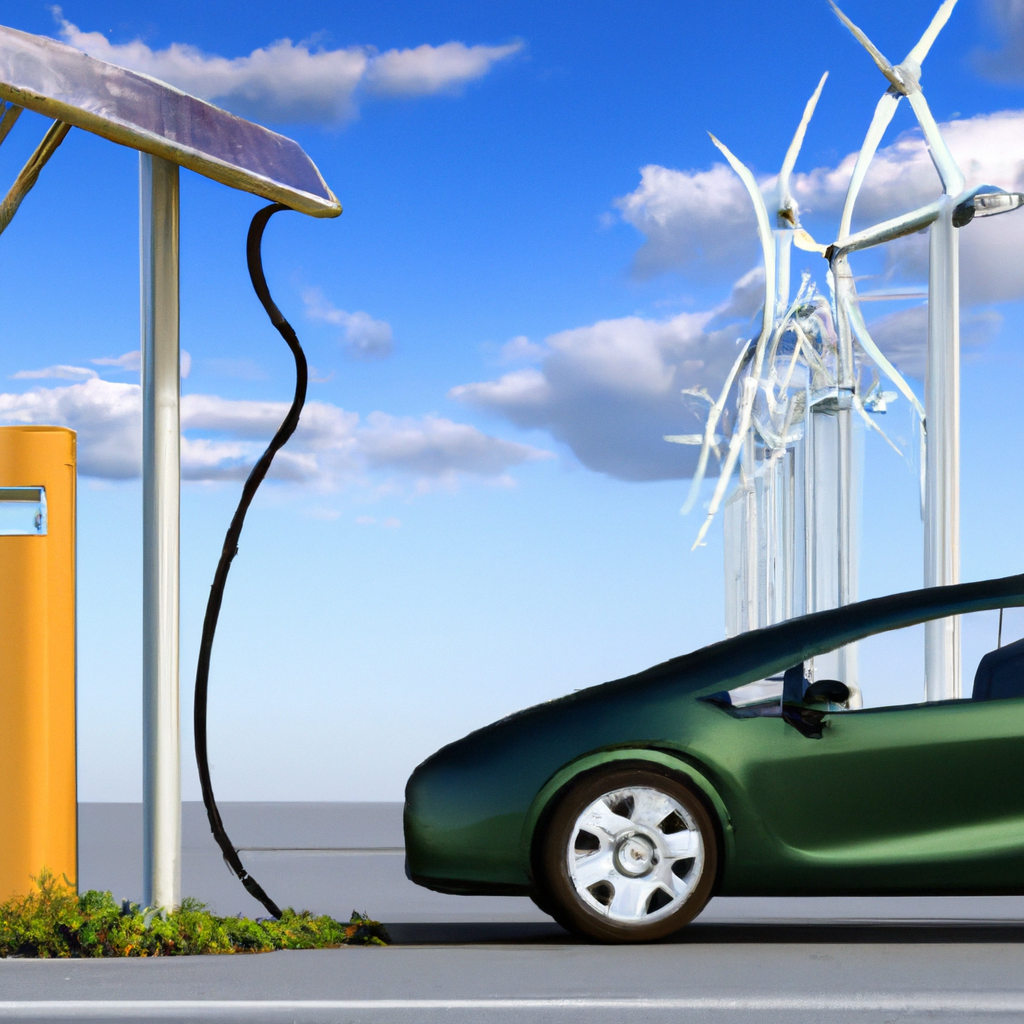How Can I Charge My Electric Vehicle During Peak Electricity Demand Times In Malaysia?
October 22, 2023 | by Jacob Kang
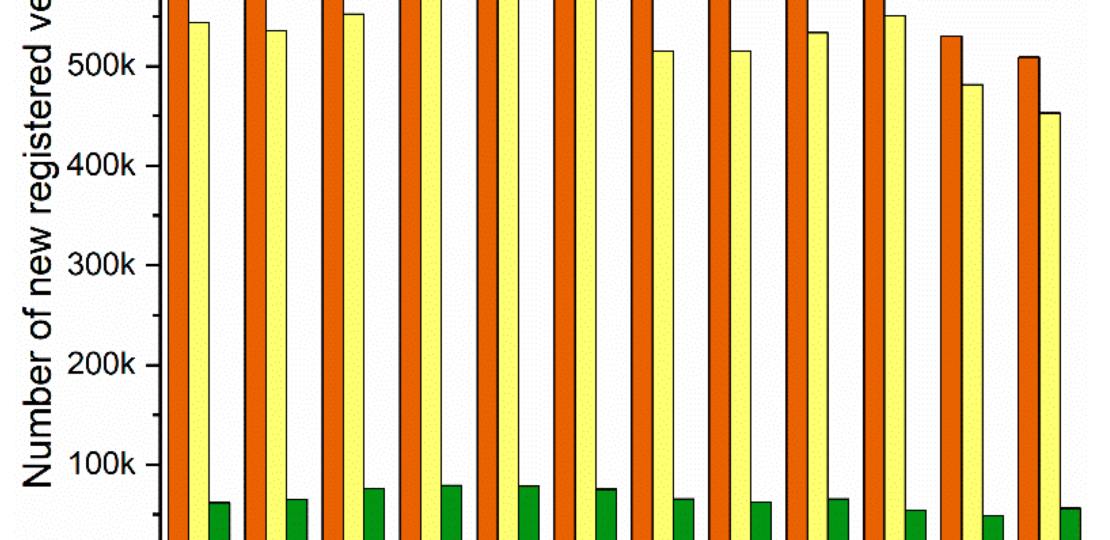
Have you recently joined the electric vehicle revolution in Malaysia? Exciting times lie ahead as you explore the perks of owning an EV. However, amidst the convenience and environmental benefits, you may wonder how to charge your electric vehicle during peak electricity demand times. Don’t fret! In this article, we will provide you with valuable insights and tips to ensure smooth charging experiences, even during times of high electricity demand. With our guidance, you can continue to enjoy the convenience of your electric vehicle without worrying about peak energy consumption periods. Let’s dive in and discover the best strategies for charging your EV in Malaysia.
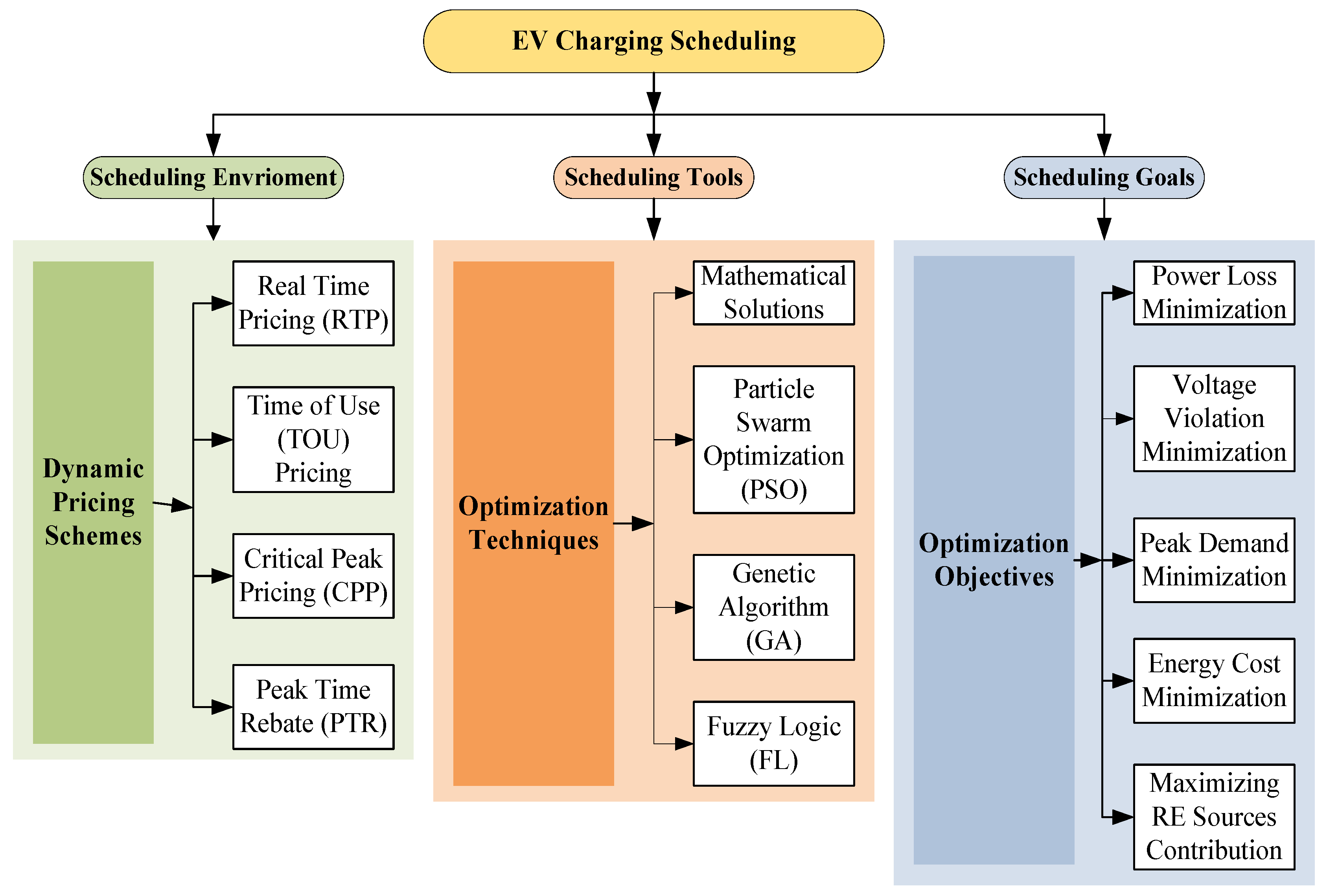
Benefits of charging during off-peak hours
Reduce electricity costs
Charging your electric vehicle (EV) during off-peak hours can provide significant benefits by reducing your electricity costs. Many utility companies offer time-of-use tariffs, which offer lower rates for electricity consumed during non-peak hours. By taking advantage of these lower rates, you can save money on your charging expenses. This is especially beneficial for EV owners who charge their vehicles at home, as they have more flexibility in choosing when to charge.
Decrease strain on the grid
Charging your EV during off-peak hours also helps decrease the strain on the electricity grid. During peak demand hours, when the demand for electricity is the highest, the grid can experience overload and disruptions. By charging your EV when the demand is lower, you help alleviate the stress on the grid and ensure a more stable power supply for everyone. This not only benefits you as an EV owner but also contributes to the overall reliability of the electricity infrastructure.
Contribute to environmental sustainability
One of the key advantages of electric vehicles is their potential to reduce greenhouse gas emissions and contribute to environmental sustainability. By charging your EV during off-peak hours, you can further enhance this environmental benefit. Off-peak hours usually coincide with times when renewable energy sources, such as wind and solar power, are more abundant. By charging your vehicle when renewable energy is readily available, you are maximizing the utilization of clean energy and minimizing your carbon footprint.
Understanding Malaysia’s electricity demand pattern
Peak demand hours in Malaysia
In Malaysia, the peak demand hours for electricity typically occur in the evening, between 6:00 PM and 10:00 PM, when people return home from work and utilize various appliances simultaneously. During these hours, the demand for electricity spikes, leading to increased strain on the grid and potential power supply issues. It is crucial for EV owners to be aware of these peak demand hours and plan their charging sessions accordingly.
Why charging during peak hours is a challenge
Charging an EV during peak demand hours can pose challenges due to the increased strain on the grid and the potential for higher charging costs. The higher demand for electricity during this time can result in higher electricity rates, which may translate to increased charging expenses for EV owners. Additionally, the strain on the electricity grid can lead to power disruptions or lower charging speeds. To avoid these challenges, it is advisable to charge your EV during off-peak hours whenever possible.
Available charging options during peak demand times
Home charging solutions
Charging your EV at home provides convenience and flexibility, especially during peak demand hours. Home charging solutions, such as Level 1 and Level 2 chargers, allow you to charge your vehicle overnight or during off-peak hours. By taking advantage of time-of-use tariffs offered by utility companies, you can optimize your charging costs and ensure a reliable power supply for your EV.
Public charging stations
For EV owners who do not have access to home charging solutions or need additional charging options, public charging stations are available. While public charging stations may be limited in number, they can still be a viable option for charging during peak demand times. It is important to plan ahead and be aware of the locations of public charging stations near you. This way, you can conveniently charge your EV during off-peak hours and avoid potential congestion at the stations during peak demand hours.
Workplace charging options
Another option for charging your EV during peak demand hours is utilizing workplace charging options. If your workplace provides EV charging stations, you can take advantage of this benefit to charge your vehicle while you are at work. This allows you to effectively utilize the time when your EV would otherwise be parked and not in use. By charging at work, you can avoid charging during peak demand hours and reduce the strain on the grid.
Smart charging solutions for managing peak demand
Time-of-use tariffs
Time-of-use tariffs offered by utility companies play a crucial role in managing peak demand. By utilizing time-of-use tariffs, EV owners can enjoy off-peak charging rates, which can lead to significant cost savings. These tariffs incentivize charging during non-peak hours, effectively spreading out the demand for electricity and reducing strain on the grid. It is advisable to study the time-of-use tariff options provided by your utility company and adjust your charging behavior accordingly.
Demand response programs
Demand response programs enable EV owners to actively participate in managing peak demand. These programs allow utility companies to control and adjust electricity usage during times of high demand. By enrolling in demand response programs, EV owners can contribute to grid stability by allowing the utility company to manage their charging sessions during peak demand hours. In return, participants are often rewarded with financial incentives or credits on their electricity bills.
Smart grid technologies
The implementation of smart grid technologies is revolutionizing the management of peak demand. Smart grids utilize advanced metering, real-time data collection, and automated systems to monitor and manage electricity usage. For EV owners, smart grid technologies can provide valuable insights into the real-time electricity demand and help optimize charging behavior. By aligning your charging sessions with the information provided by smart grid systems, you can make informed decisions and reduce the strain on the grid.
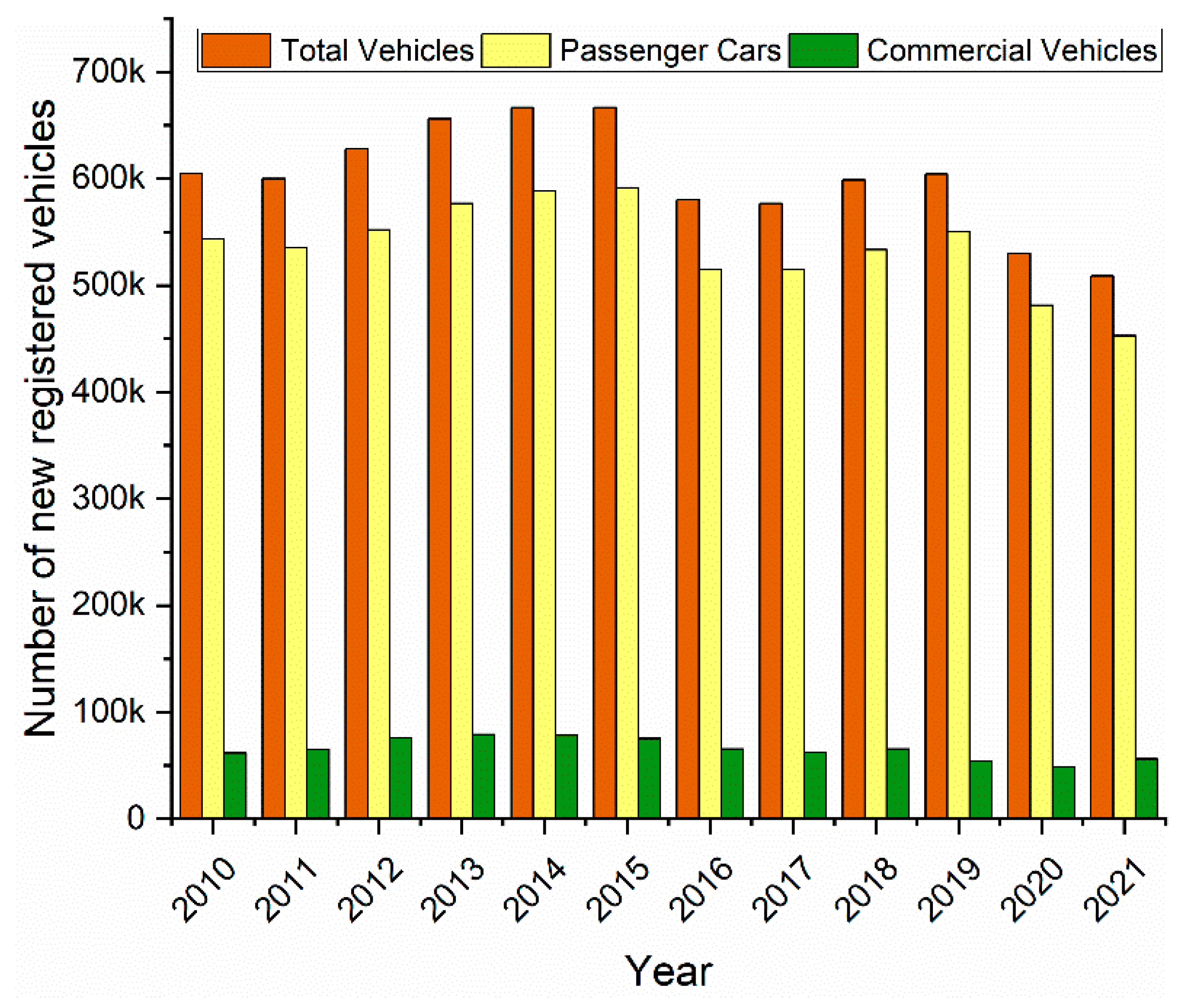
Optimizing charging behavior for peak demand
Planning charging sessions
To optimize your charging behavior during peak demand, it is essential to plan your charging sessions in advance. By considering your daily schedule, you can identify opportunities for charging during off-peak hours. For example, charging your EV overnight or early in the morning can help avoid peak demand hours. By planning your charging sessions strategically, you can reduce your charging costs and minimize the strain on the grid.
Utilizing smart charging features
Many EVs and charging stations offer smart charging features that can help manage peak demand. These features allow you to schedule and control your charging sessions remotely. By utilizing these features, you can delay or reschedule charging sessions to align with off-peak hours. Some smart charging features even allow you to prioritize charging based on factors such as cost, available renewable energy, or grid conditions. By leveraging these features, you can effectively manage your charging behavior and contribute to peak demand management.
Implementing load management strategies
Load management strategies involve balancing and optimizing the electricity load on the grid. As an EV owner, you can implement load management strategies to reduce the strain on the grid during peak demand hours. This can involve activities such as staggered charging, where you charge your EV in shorter intervals or at a lower charging rate. By spreading out the demand for electricity, load management strategies help maintain grid stability and ensure a reliable power supply for everyone.
Accessing real-time electricity demand data
Using mobile apps
Mobile apps developed by utility companies or third-party providers can provide real-time electricity demand data. These apps allow you to monitor the current electricity demand and identify peak demand hours. By accessing this information, you can adjust your charging behavior accordingly and avoid charging during peak demand times. Some apps even provide notifications or alerts to inform you about the optimal charging periods based on live grid data.
Monitoring utility websites
Utility companies often publish real-time electricity demand data on their websites. By regularly checking these websites, you can stay informed about peak demand hours and plan your charging sessions accordingly. Some utility websites also provide additional resources and tools to help customers optimize their electricity usage, including EV charging. By utilizing these resources, you can make informed decisions and contribute to peak demand management.
Collaborating with energy management companies
Energy management companies specialize in optimizing energy consumption and providing solutions for peak demand management. Collaborating with these companies can provide valuable insights and assistance in managing your EV charging during peak demand. They can analyze your charging patterns, provide recommendations for off-peak charging options, and even offer customized solutions based on your specific needs. By working with energy management companies, you can effectively navigate the challenges of peak demand and maximize the benefits of off-peak charging.

Benefits of participating in demand response programs
Financial incentives
Participating in demand response programs can offer financial incentives for EV owners. Utility companies often provide credits or discounts on electricity bills as a reward for enrolling in these programs. By actively managing your charging behavior and allowing the utility company to adjust your charging sessions during peak demand, you can earn these financial incentives. This not only helps offset the cost of charging your EV but also encourages sustainable electricity usage.
Reduced environmental impact
Participating in demand response programs contributes to the overall reduction of environmental impact. By allowing the utility company to manage your charging sessions during peak demand, you help balance the electricity load on the grid and avoid unnecessary strain. This helps reduce the need for additional fossil fuel-based power generation, which in turn reduces greenhouse gas emissions. By actively participating in demand response programs, you can make a positive impact on the environment and support a more sustainable energy future.
Supporting the stability of the electricity grid
The stability of the electricity grid is crucial for ensuring a reliable power supply to all customers. By enrolling in demand response programs, you support the stability of the grid and help avoid power disruptions during peak demand hours. By actively managing your charging sessions and allowing the utility company to optimize the electricity load, you contribute to the overall grid stability. This benefits not only EV owners but also all electricity consumers, ensuring a seamless power supply for everyone.
Overcoming challenges in EV charging infrastructure
Expanding public charging network
One of the key challenges in EV charging infrastructure is the limited availability of public charging stations. To overcome this challenge, efforts should be made to expand the public charging network. Increasing the number of charging stations in convenient locations, such as shopping malls, public parking areas, and highways, can provide more options for EV owners to charge their vehicles during peak demand times. Collaboration between government entities, businesses, and energy companies is essential to ensure the growth and accessibility of the public charging network.
Upgrading charging infrastructure at residential areas
Charging infrastructure at residential areas should also be upgraded to accommodate the increasing demand for EV charging. This includes providing more home charging solutions, such as Level 2 chargers, and enabling the installation of EV charging ports in residential buildings and housing complexes. By enhancing the charging infrastructure at residential areas, EV owners can have more convenient and reliable charging options during peak demand hours.
Collaborating with businesses and government entities
Collaboration between businesses and government entities is crucial to overcome the challenges in EV charging infrastructure. Businesses can play a significant role in expanding the public charging network by installing charging stations at their premises and providing charging incentives for their employees or customers. Government entities can support the growth of EV charging infrastructure by implementing policies and regulations that encourage the installation of charging stations in public spaces and residential areas. By working together, businesses and government entities can create a supportive environment for EV charging during peak demand times.
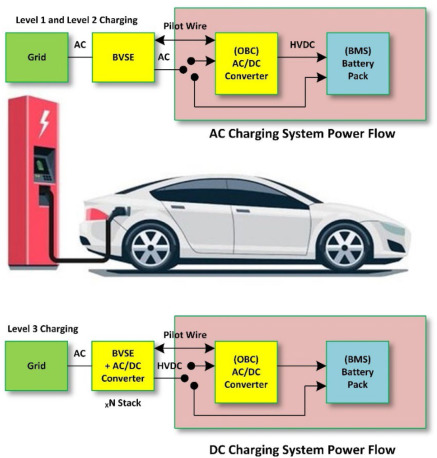
Promoting awareness and education
Educational campaigns on peak demand challenges
Promoting awareness and education about peak demand challenges is vital to help EV owners make informed decisions regarding their charging behavior. Educational campaigns can raise awareness about the impact of peak demand on the electricity grid and the benefits of off-peak charging. These campaigns can target both EV owners and the general public to foster a better understanding of the importance of managing electricity usage during peak demand. By educating individuals about the challenges and solutions, we can encourage responsible energy consumption and foster a culture of sustainability.
Training programs for EV owners
Training programs specifically designed for EV owners can provide in-depth knowledge about managing peak demand and optimizing charging behavior. These programs can cover topics such as time-of-use tariffs, load management strategies, and understanding real-time electricity demand data. By equipping EV owners with the necessary skills and knowledge, they can make informed decisions and actively contribute to peak demand management. Training programs can be conducted in collaboration with utility companies, energy management companies, and EV manufacturers to provide comprehensive and practical guidance.
Engaging with communities and organizations
Engaging with communities and organizations can help create a supportive ecosystem for managing peak demand in EV charging. Community-based initiatives, such as EV owner groups, can facilitate the sharing of best practices and experiences in optimizing charging behavior. Organizations and associations related to the energy sector and sustainable transportation can organize workshops, conferences, and forums to foster discussions and collaborations. By actively engaging with communities and organizations, we can collectively address the challenges of peak demand and work towards a more sustainable future.
Future developments in managing peak demand for EV charging
Innovation in energy storage solutions
The development of energy storage solutions, such as advanced batteries, holds great promise in managing peak demand for EV charging. These energy storage systems can store excess electricity generated during off-peak hours and supply it during peak demand, reducing the strain on the grid. By integrating energy storage solutions with EV charging infrastructure, we can ensure a reliable power supply for EVs and optimize the utilization of renewable energy sources.
Integration of renewables in charging infrastructure
The integration of renewables, such as solar and wind power, in EV charging infrastructure can contribute to managing peak demand. By installing solar panels or wind turbines at charging stations, we can directly utilize renewable energy for EV charging. This reduces reliance on fossil fuel-based power generation during peak demand hours and aligns the timing of charging with periods of high renewable energy availability. The integration of renewables in charging infrastructure promotes a greener and more sustainable approach to managing peak demand.
Advancements in smart grid technologies
Advancements in smart grid technologies are expected to revolutionize the management of peak demand for EV charging. The development of advanced metering systems, real-time data analytics, and automated demand response capabilities will enable more efficient and precise management of electricity load during peak demand hours. By leveraging these advancements, EV charging can be seamlessly integrated into the grid, and EV owners can actively participate in optimizing the electricity load and supporting grid stability.
In conclusion, charging your EV during off-peak hours can provide numerous benefits, including cost savings, reduced strain on the grid, and contributions to environmental sustainability. To effectively manage peak demand during charging, various options and strategies are available, such as utilizing home charging solutions, public charging stations, and workplace charging options. Smart charging solutions, optimal charging behavior, and access to real-time electricity demand data further enhance your ability to manage peak demand. Participating in demand response programs offers financial incentives, reduces environmental impact, and supports grid stability. Overcoming challenges in EV charging infrastructure requires collaboration and innovation, while promoting awareness and education empowers EV owners to make informed decisions. Looking ahead, advancements in energy storage solutions, integration of renewables, and smart grid technologies hold great potential for managing peak demand in EV charging. By implementing these strategies and embracing future developments, we can ensure a sustainable and efficient EV charging ecosystem.
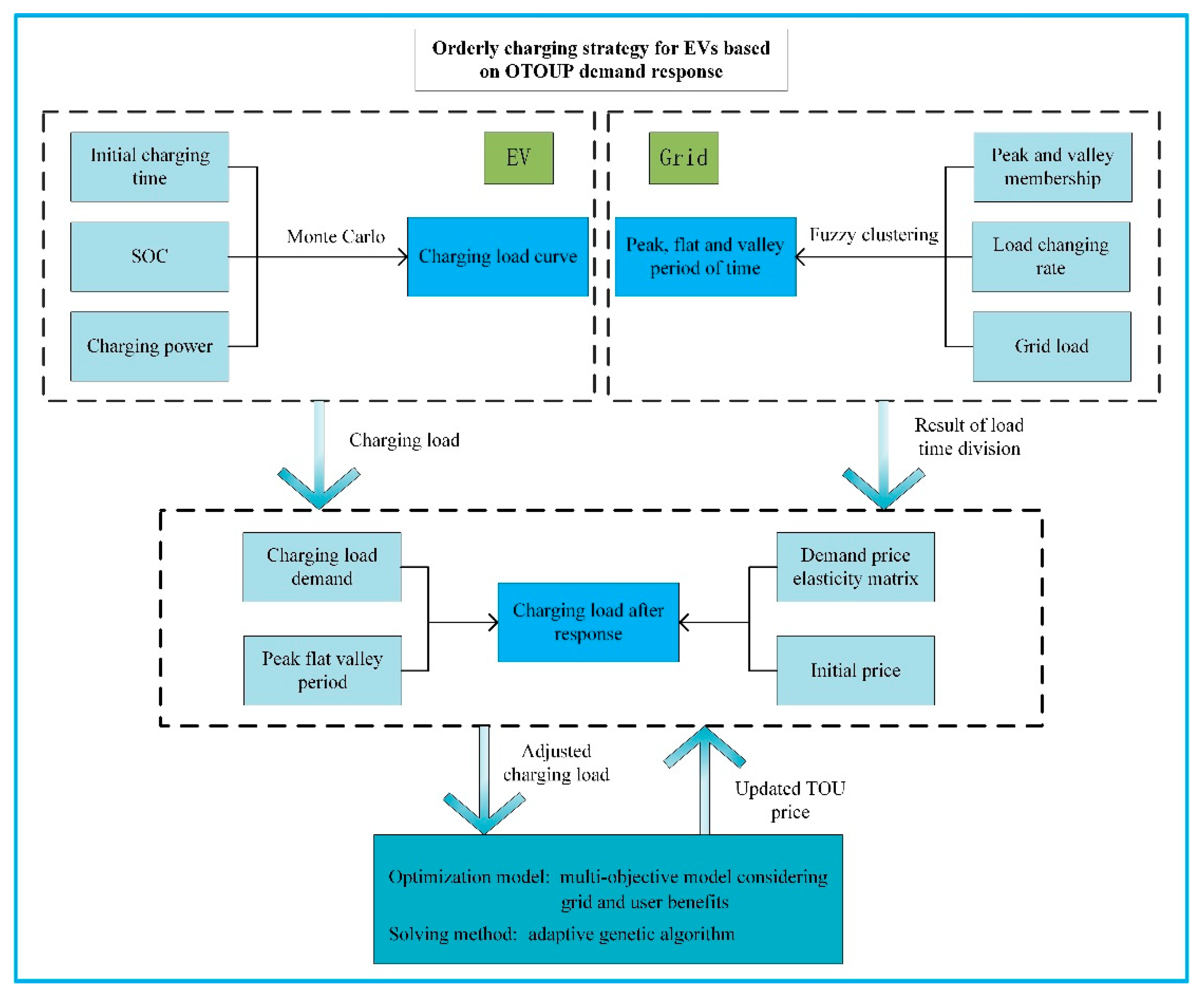
RELATED POSTS
View all


